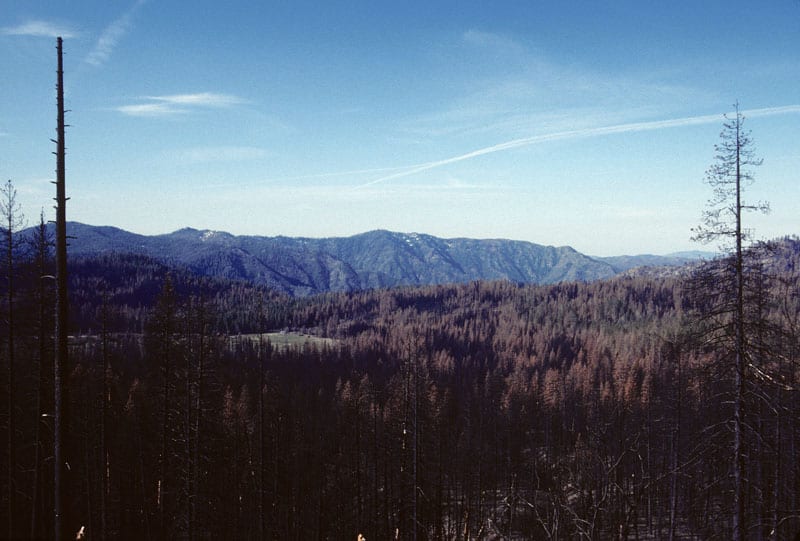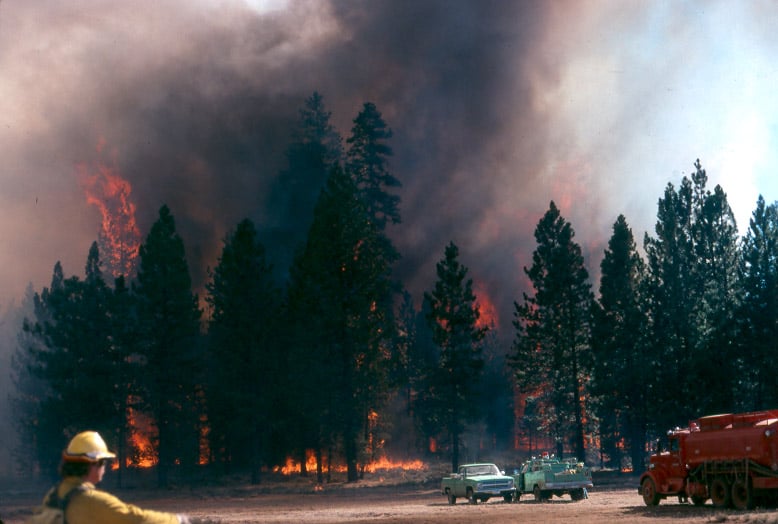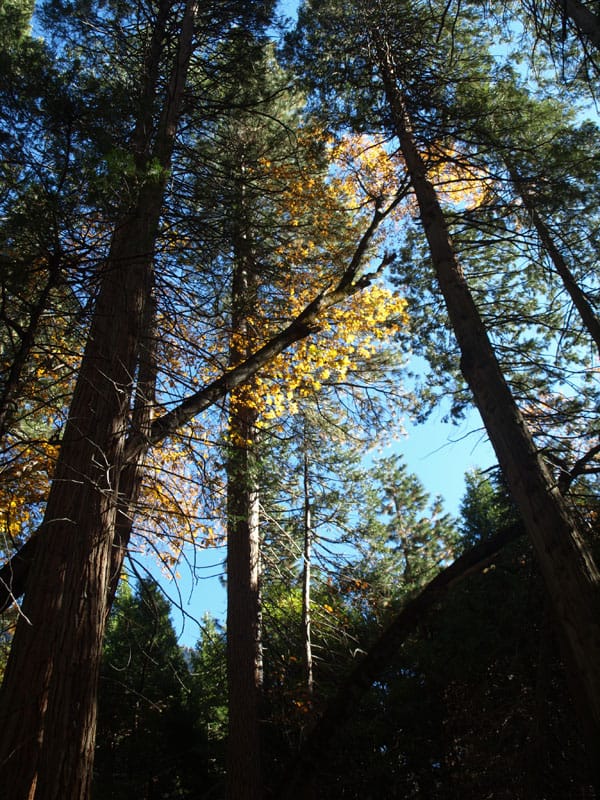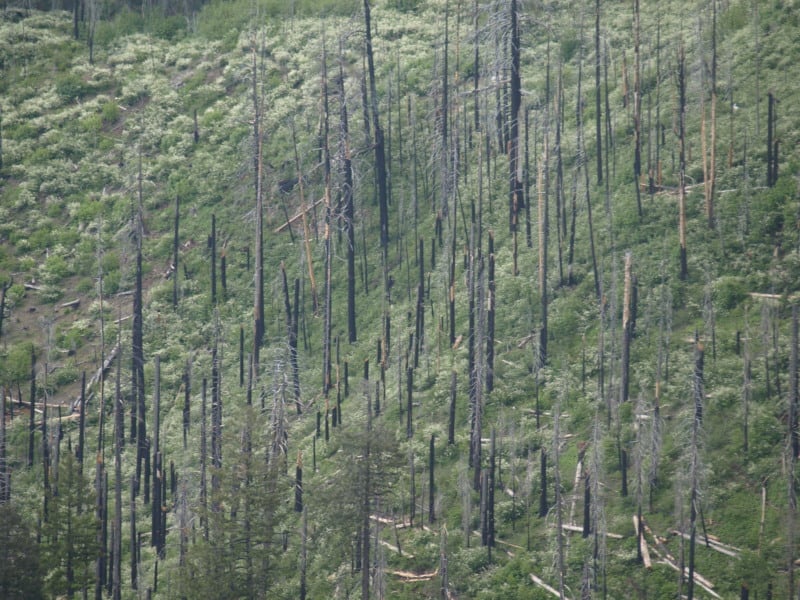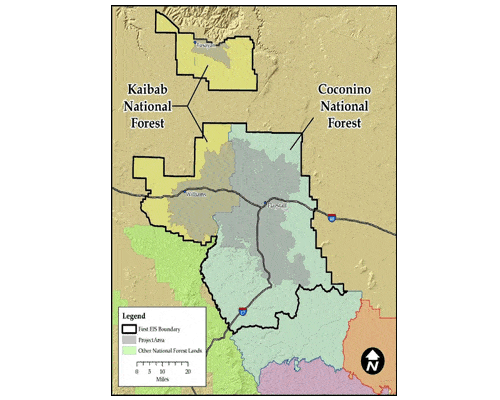 Here’re the FS documents, below is a press release from
Here’re the FS documents, below is a press release from
4FRI.
The 4FRI Stakeholder Group is in the process of reviewing this draft decision. We have worked closely with the U.S. Forest Service in this planning effort, which began in 2012. It is the largest Environmental Impact Statement for forest restoration in the country,” stated Diane Vosick, current co-chair of the 4FRI stakeholder group and Director of Policy and Partnerships for the Ecological Restoration Institute at Northern Arizona University, adding “while we are currently undergoing review of the decision details, we are unified in our support of restoring our northern Arizona National Forests.”
“This plan will help guarantee a supply of wood for the businesses who are investing in wood manufacturing, as well as create much-needed jobs,” said Steve Gatewood, the other co-chair of the stakeholder group and a longstanding member of the Greater Flagstaff Forest Partnership. “It is the first of at least two large plans that will eventually encompass 2.4 million acres of northern Arizona forests.”
The 4FRI landscape has been broken into two planning areas: this first plan encompasses much of the Coconino and South Kaibab forests (nearly one million acres), and the second plan, currently in the pre-planning stages, will incorporate 1.4 million acres of eastern Arizona pine forests on the Apache-Sitgreaves and the Tonto.
This draft decision summarizes the types of treatments that are intended to restore forests to a condition that protects communities and watersheds from unnatural catastrophic fire events; improve forest health; enhance wildlife habitat; and restore the beneficial role of managed and natural low-intensity ground fires. For more information on 4FRI, please visit www.4fri.org.
